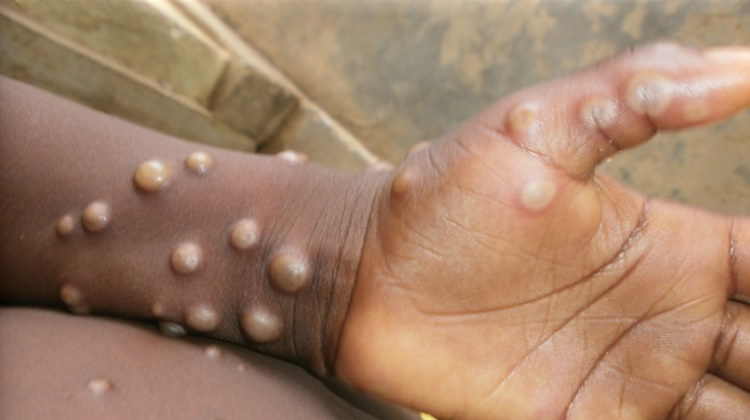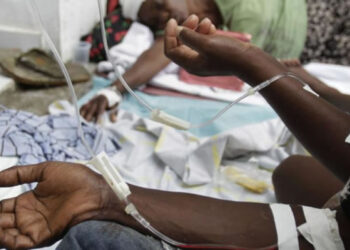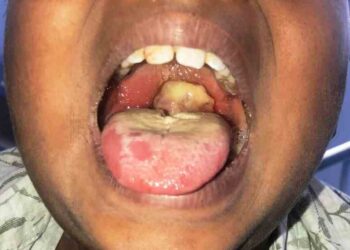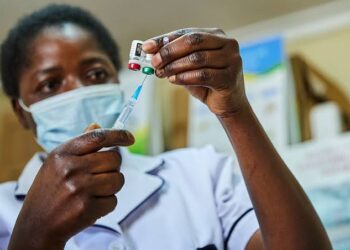By Enyeh Julius Akpovire
Mpox, formerly called monkeypox, is a rare disease similar to smallpox caused by a virus. It’s found mostly in areas of Africa, but has been seen in other regions of the world. It causes flu-like symptoms such as fever and chills, and a rash that can take weeks to clear.
Mpox spreads through close contact with someone who’s infected. You can also get it from an infected animal.
There are two known types (clades) of mpox virus — one that originated in Central Africa (Clade I) and one that originated in West Africa (Clade II). The current world outbreak (2022 to 2023) is caused by Clade IIb, a subtype of the less severe West African clade.
How common is mpox?
Mpox is rare. But the number of cases is increasing in Africa, as well as in regions that haven’t seen these infections before.
Where else is mpox found?
For decades, mpox was mostly seen in Africa. But it’s occasionally found in other countries, including the United States.
In the summer of 2021, a case of mpox was found in a U.S. resident who had traveled from Nigeria to the United States. Then, 2022 brought outbreaks to regions outside of Africa, including Europe, the Americas and Australia.
Who does mpox affect?
Anyone can get mpox. In Africa, most cases are among children under 15 years old. Outside of Africa, the disease appears to be more common in men who have sex with men (MSM), but there are numerous cases in people who don’t fall into that category.
Symptoms and Causes
Mpox rash starts as flat, red spots that become raised, fill with fluid and pus, then crust and fall off.
Mpox (monkeypox) rash can be painful, with spots that change over time before scabbing and falling off.
What are the signs and symptoms of mpox?
After exposure, it may be several days to a few weeks before you develop symptoms. Signs of mpox include:
Fever.
Rash.
Swollen lymph nodes.
Chills.
Headache.
Muscle aches.
Fatigue.
The rash starts as flat, red bumps, which can be painful. Those bumps turn into blisters, which fill with pus. Eventually, the blisters crust over and fall off. The whole process can last two to four weeks. You can get sores on your mouth, face, hands, feet, penis, vagina or anus.
How do you catch mpox?
Mpox spreads when you come into contact with an animal or a person infected with the virus.
Person-to-person spread (transmission) occurs when you come in contact with the sores, scabs, respiratory droplets or oral fluids of a person who’s infected, usually through close, intimate situations like cuddling, kissing or sex. Research is ongoing, but experts aren’t sure if the virus is transmitted through semen or vaginal fluids.
Animal-to-person transmission occurs through broken skin, like from bites or scratches, or through direct contact with an infected animal’s blood, bodily fluids or pox lesions (sores).
You can also get mpox by coming into contact with recently contaminated materials like clothing, bedding and other linens used by a person or animal who’s infected.
How is mpox diagnosed?
Because mpox is rare, a healthcare provider may first suspect other rash illnesses, such as measles or chickenpox. But swollen lymph nodes usually distinguish mpox from other poxes.
To diagnose mpox, your healthcare provider takes a tissue sample from an open sore (lesion). Then, they send it to a lab for polymerase chain reaction (PCR) testing (genetic fingerprinting). You may also need to give a blood sample to check for the mpox virus or antibodies your immune system makes.
Is mpox curable?
Mpox is usually a self-limited disease (gets better without treatment) with symptoms lasting from two to four weeks. Following diagnosis, your healthcare provider will monitor your condition and try to relieve your symptoms, prevent dehydration and give you antibiotics to treat secondary bacterial infections if they develop.
How is mpox treated?
There aren’t any currently approved antiviral treatments for mpox. If you’re very sick, your provider might prescribe antiviral drugs like cidofovir or tecovirimat. These drugs are approved to treat other viral infections (like smallpox), but researchers need to learn more about how well they work for mpox.
How do you prevent mpox?
If you’re at risk for mpox, getting vaccinated helps stop the spread. Other forms of prevention include decreasing human contact with infected animals and limiting person-to-person spread.











